Chauvin Arnoux C.A762 User manual
Other Chauvin Arnoux Security Sensor manuals
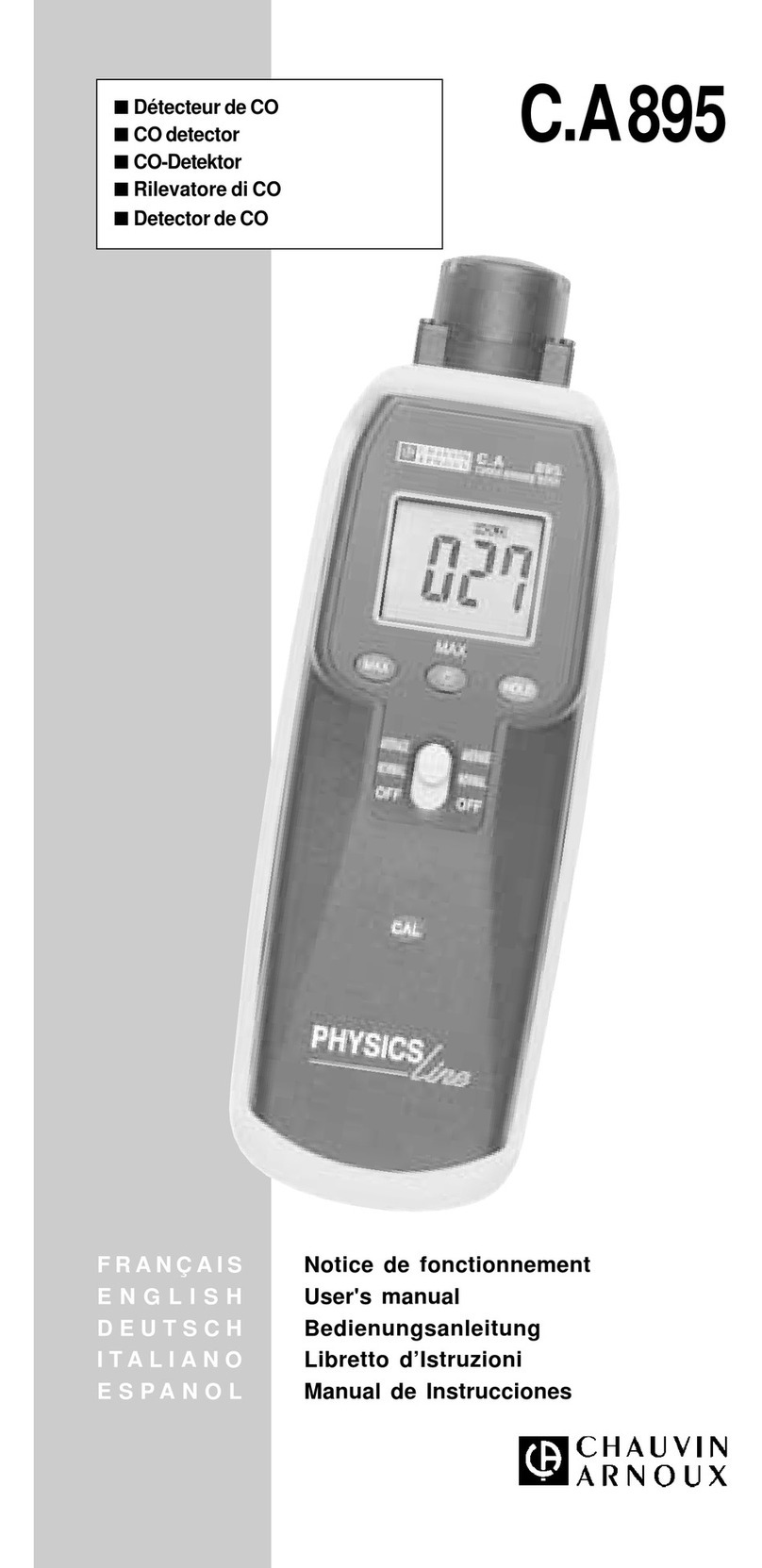
Chauvin Arnoux
Chauvin Arnoux C.A 895 User manual
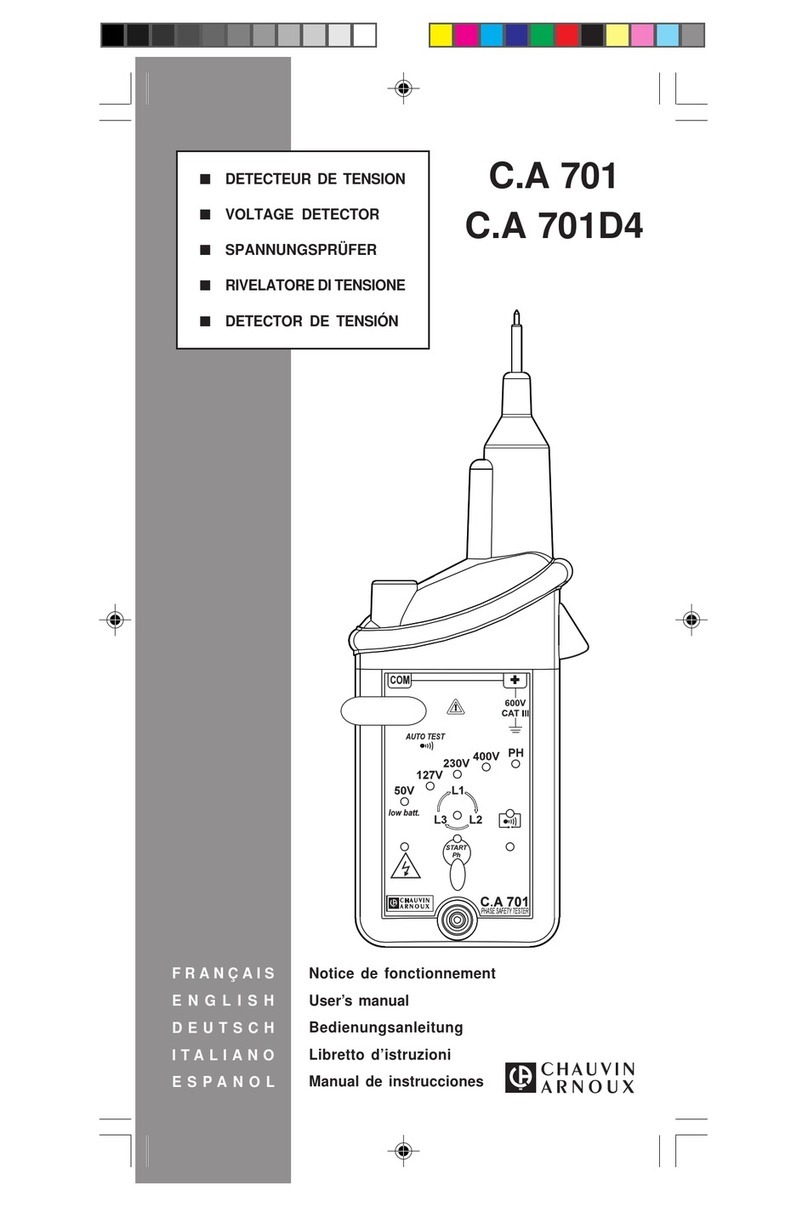
Chauvin Arnoux
Chauvin Arnoux C.A 701 User manual
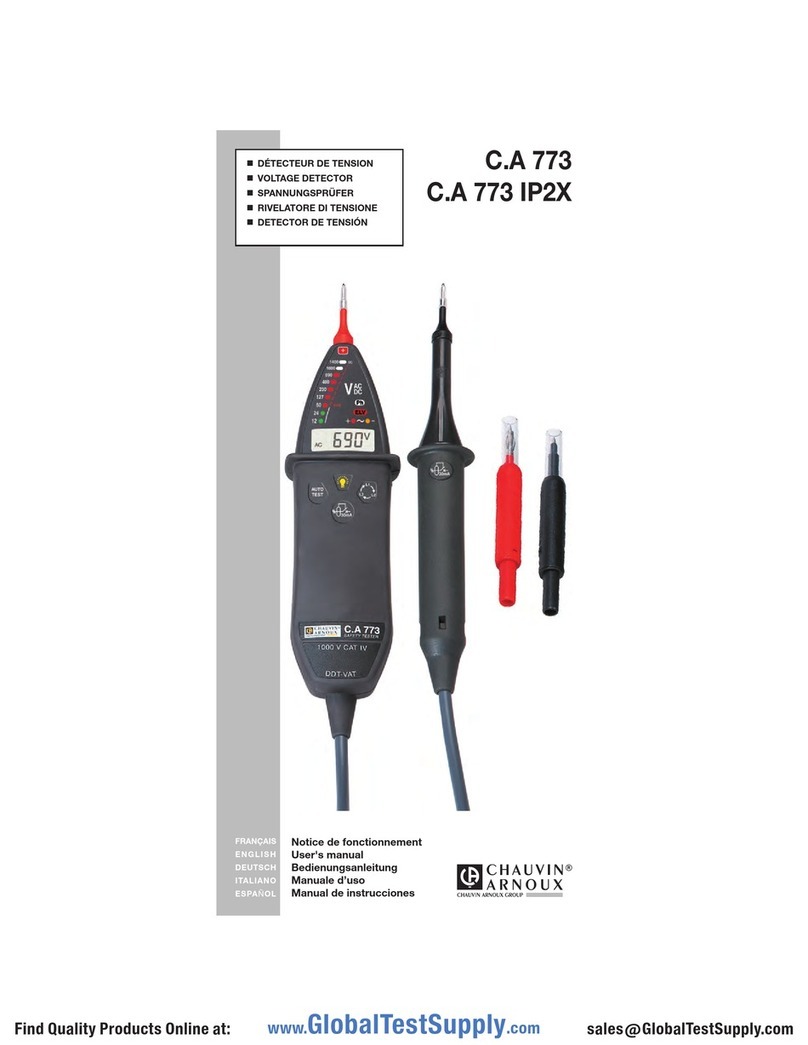
Chauvin Arnoux
Chauvin Arnoux C.A 773 User manual
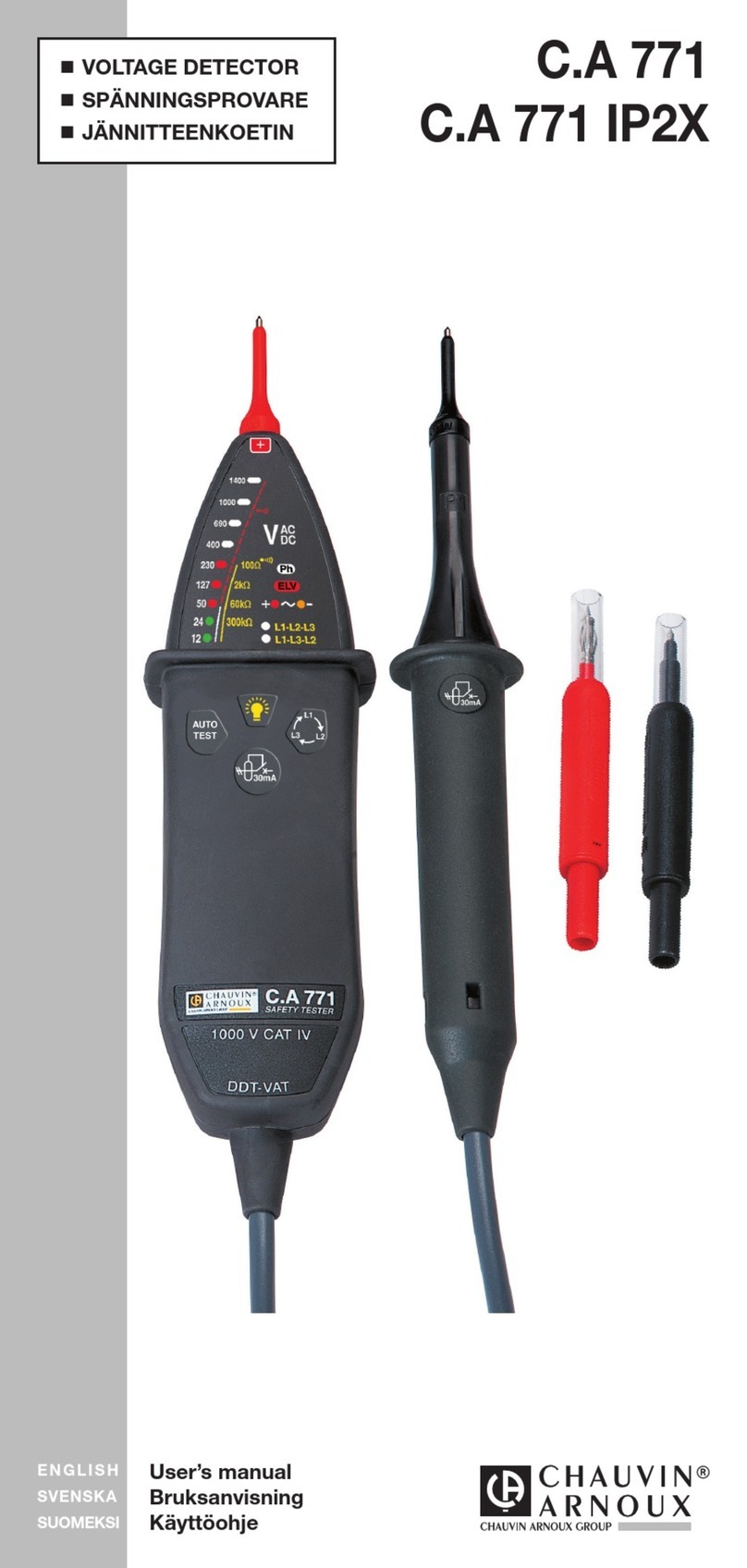
Chauvin Arnoux
Chauvin Arnoux C.A 771 User manual
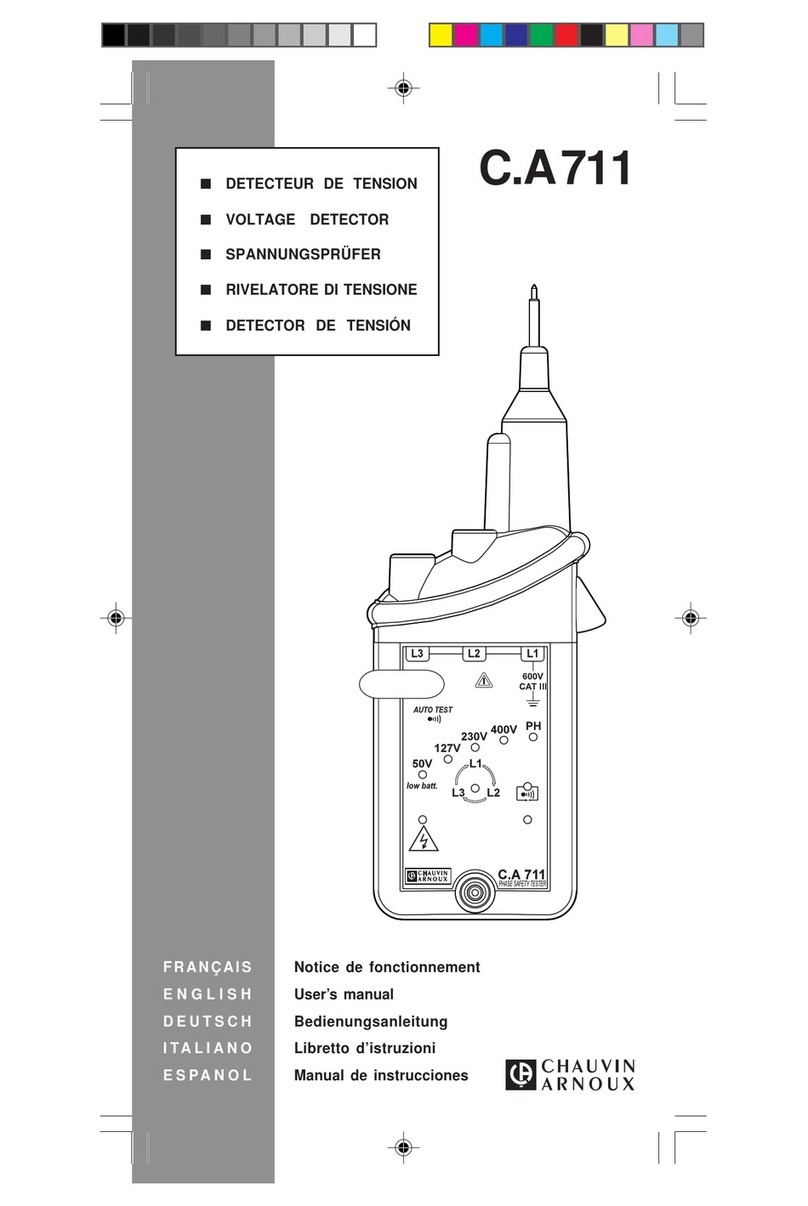
Chauvin Arnoux
Chauvin Arnoux C.A 711 User manual
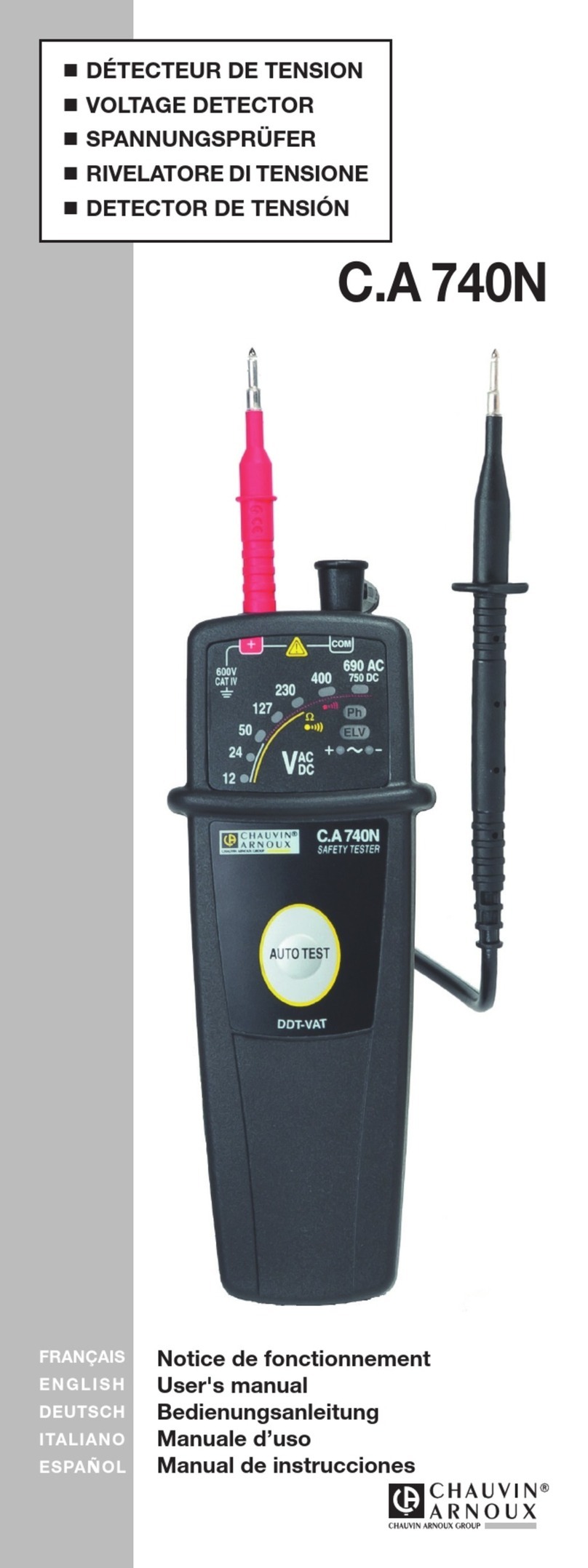
Chauvin Arnoux
Chauvin Arnoux C.A 740N User manual
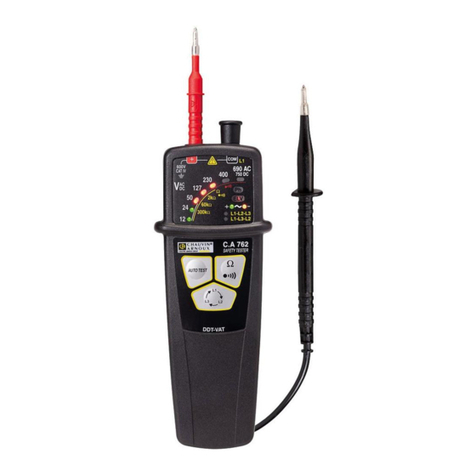
Chauvin Arnoux
Chauvin Arnoux C.A762 User manual
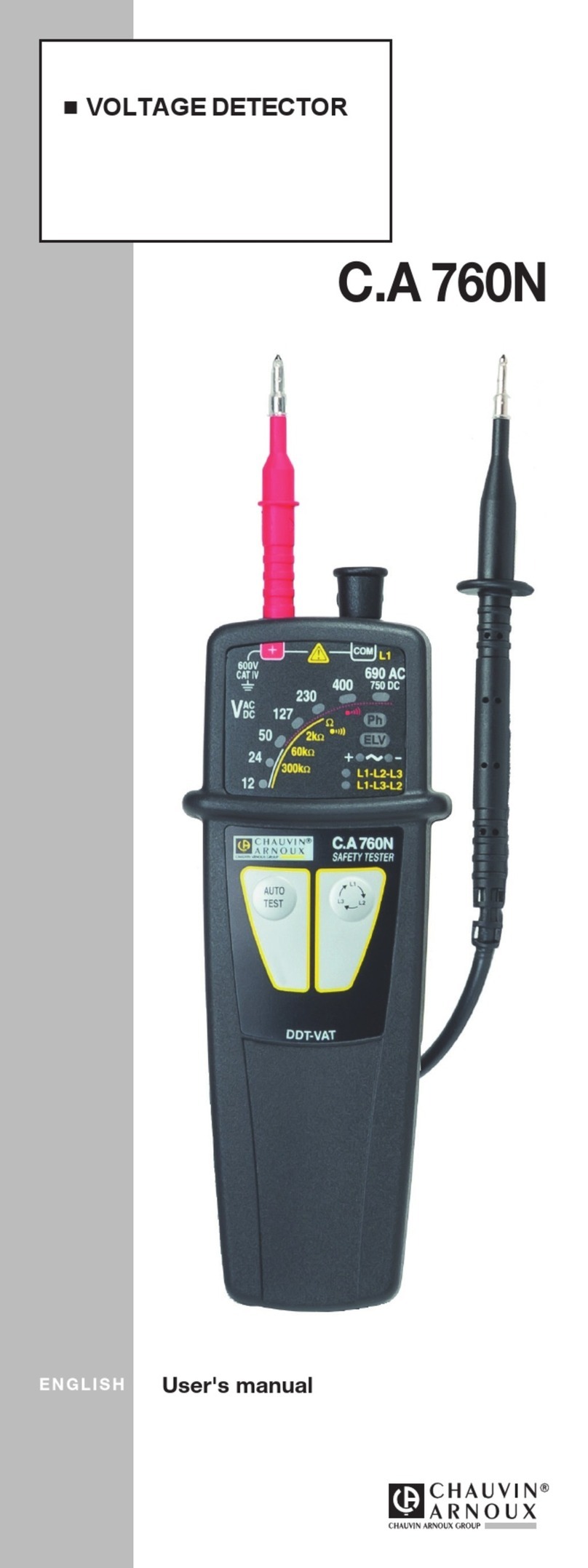
Chauvin Arnoux
Chauvin Arnoux 760N User manual
Popular Security Sensor manuals by other brands

Shinko
Shinko SE2EA-1-0-0 instruction manual

Det-Tronics
Det-Tronics X Series instructions

ACR Electronics
ACR Electronics COBHAM RCL-300A Product support manual

TOOLCRAFT
TOOLCRAFT 1712612 operating instructions

Elkron
Elkron IM600 Installation, programming and functions manual

Bosch
Bosch WEU PDO 6 Original instructions





















